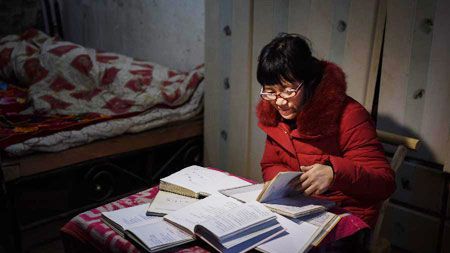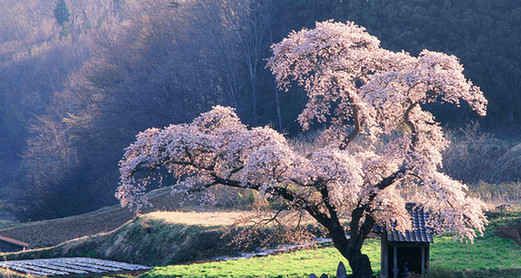木薯根茎可用于缓解维生素A缺乏
|
The roots of cassava(木薯) (Manihot esculenta花叶木薯) serve as the primary source of carbohydrates(糖类,碳水化合物) in the diets of people in many arid regions(干旱地区) of the world, including more than 250 million people in sub-Saharan Africa. Unfortunately the roots of commercial cassava cultivars are quite low in micronutrients, and micronutrient deficiencies are widespread in these regions. In addition to programs designed to deliver vitamin supplements, there has been considerable effort aimed at biofortification; that is, increasing the amounts of available micronutrients in staple crops such as cassava. An article published in The Plant Cell this week describes the results of a collaborative effort led by Professor Peter Beyer from Freiberg University in Germany, together with researchers at the International Center for Tropical Agriculture (CIAT) in Colombia. These researchers studied a naturally arising variant of cassava with yellow roots in order to understand the synthesis(综合,合成) of provitamin A carotenoids(类胡萝卜素) , dietary precursors of vitamin A. Beyer was also co-creator of Golden Rice, a biofortified crop which provides precursors of vitamin A not usually present in the rice that people eat. In this work, the scientists compared different cassava cultivars with white, cream, or yellow roots – more yellow corresponding to more carotenoids – in order to determine the underlying causes of the higher carotenoid levels found in the rare yellow-rooted cassava cultivar. They tracked the difference down to a single amino acid(氨基酸) change in the enzyme phytoene(茄红素) synthase, which functions in the biochemical pathway that produces carotenoids. The authors went on to show that the analogous change in phytoene synthases from other species also results in increased carotenoid synthesis, suggesting that the research could have relevance to a number of different crop plants. Furthermore, they were able to turn a white-rooted cassava cultivar into a yellow-rooted plant that accumulates beta-carotene (provitamin A) using a transgenic approach that increased the enzyme phytoene synthase in the root. This work beautifully combines genetics with biochemistry and molecular biology to deepen our understanding of carotenoid biosynthesis. "It paves the way for using transgenic or conventional(传统的,惯例的) breeding methods to generate commercial cassava cultivars containing high levels of provitamin A carotenoids, by the exchange of a single amino acid already present in cassava" says Beyer. Thus, it has the potential be a big step the battle against vitamin A deficiency, which is estimated to affect approximately one third of the world's preschool age children. |








